Camellia Container Care: How To Grow A Camellia In A Pot
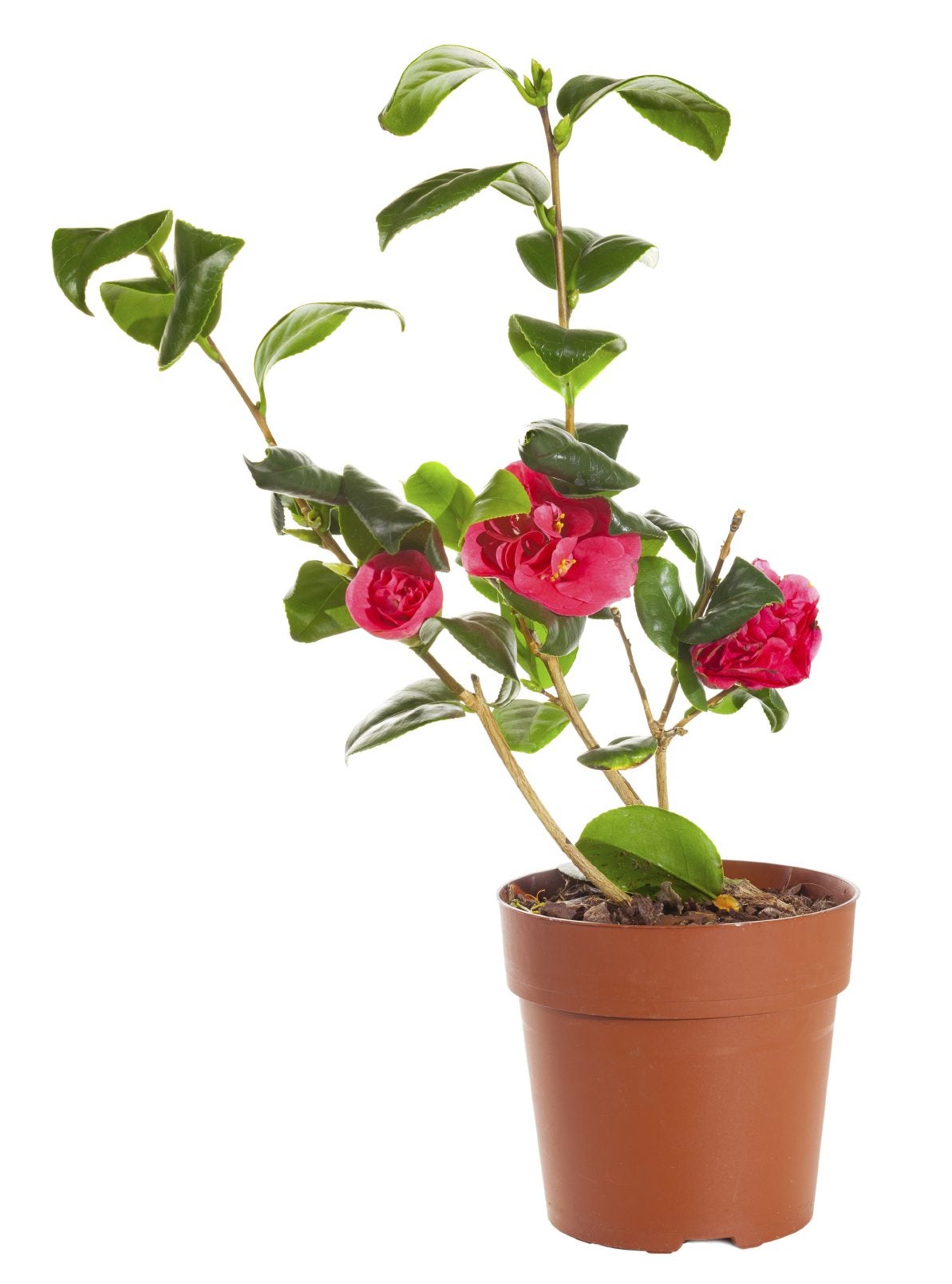

Camellia (Camellia japonica) is a flowering shrub that produces big, splashy flowers – one of the first shrubs to produce blooms in late winter or spring. Although camellias can be somewhat picky about their growing conditions, container-grown camellias are definitely possible. In fact, growing camellias in containers is an ideal way to produce the perfect situation for this spectacular plant. Read on to learn how to grow a camellia in a pot.
How to Grow a Camellia in a Pot
Growing camellias in containers is easy. Camellias prefer well-drained, acidic soil, preferably with a pH between 5.0 and 6.5. A commercial mix for rhododendrons or azaleas is perfect. Alternatively, make your own mix by mixing coarse peat moss or small pine bark with coarse sand in equal parts. Avoid fine peat moss, which tends to quickly become too dry or too wet and may lead to loss of the camellia. Be sure the pot has at least one good drainage hole, as camellias in soggy soil can easily rot and die.
Care for Camellias in Pots
The following tips will help with camellia container care:
- Place the container in partial shade and provide protection from hot afternoon sunlight, especially if you live in a warm, sunny climate. Keep in mind that camellias in sunlight require more water.
- Care for camellias in pots requires checking the potting mix regularly – as often as twice daily during hot, dry weather, as container-grown camellias dry out much faster than shrubs planted in the ground. Water the plant deeply whenever the top 2 to 4 inches (5-10 cm.) of potting mix feels dry to the touch, then allow the pot to drain. Never allow the container to stand in water.
- Fertilize container-grown camellias after blooming ends in spring, using a water-soluble fertilizer for acid-loving plants. Feed the plant again in summer if growth seems slow. Always water the shrub well first, as fertilizing a dry plant may scorch the roots. Similarly, never fertilize when temperatures are above 90 F. (32 C.).
- Prune container-grown camellias immediately after blooming in spring. Never prune camellias later in the season, as you may inadvertently remove buds that form during that time.
- Repot container-grown camellia into a container one size larger whenever the plant outgrows its container – usually every two or three years. Use fresh potting soil, as old potting mix tends to be soggy and depleted of nutrients.
Gardening tips, videos, info and more delivered right to your inbox!
Sign up for the Gardening Know How newsletter today and receive a free copy of our e-book "How to Grow Delicious Tomatoes".

A Credentialed Garden Writer, Mary H. Dyer was with Gardening Know How in the very beginning, publishing articles as early as 2007.
-
 4 Superfast Composting Methods: Turn Waste Into Garden Gold In 30 Days Or Less
4 Superfast Composting Methods: Turn Waste Into Garden Gold In 30 Days Or LessTry the fastest composting methods to turbocharge your pile and transform kitchen scraps and garden waste into finished compost in just a few weeks.
By Mary Ellen Ellis
-
 Best Spider Plant Soil – Complete Soil Guide And Expert Tips For Keeping Plants Happy
Best Spider Plant Soil – Complete Soil Guide And Expert Tips For Keeping Plants HappySpider plants are fun and easy plants to grow, but what is the best soil for a spider plant? Selecting the right soil is important so they can thrive.
By Bonnie L. Grant
-
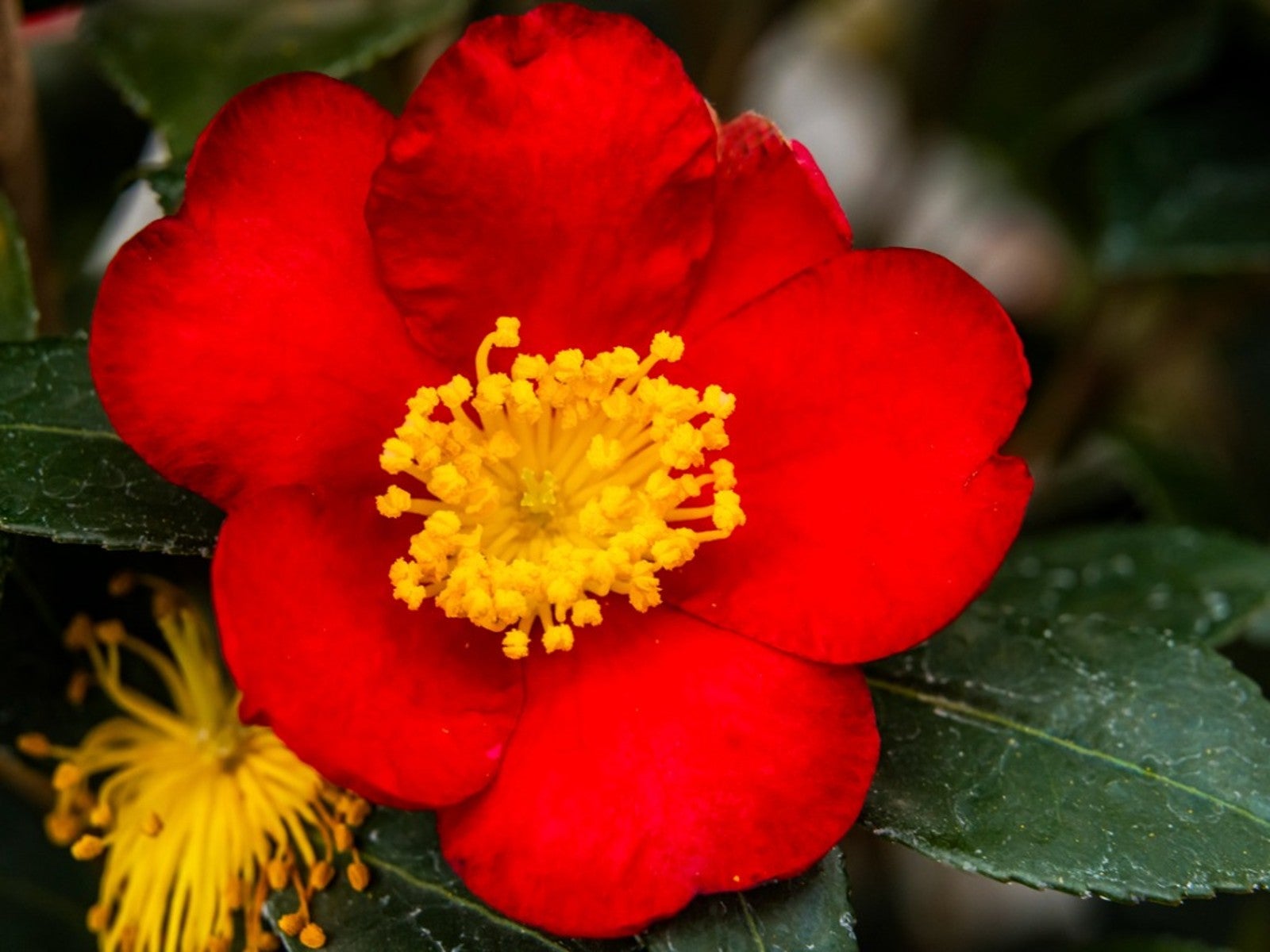 Yuletide Camellia: How To Grow And Care For Yuletide Camellias
Yuletide Camellia: How To Grow And Care For Yuletide CamelliasLearning more about the Yuletide camellia's care can help you decide whether or not this shrub is a good choice for your home landscape.
By Tonya Barnett
-
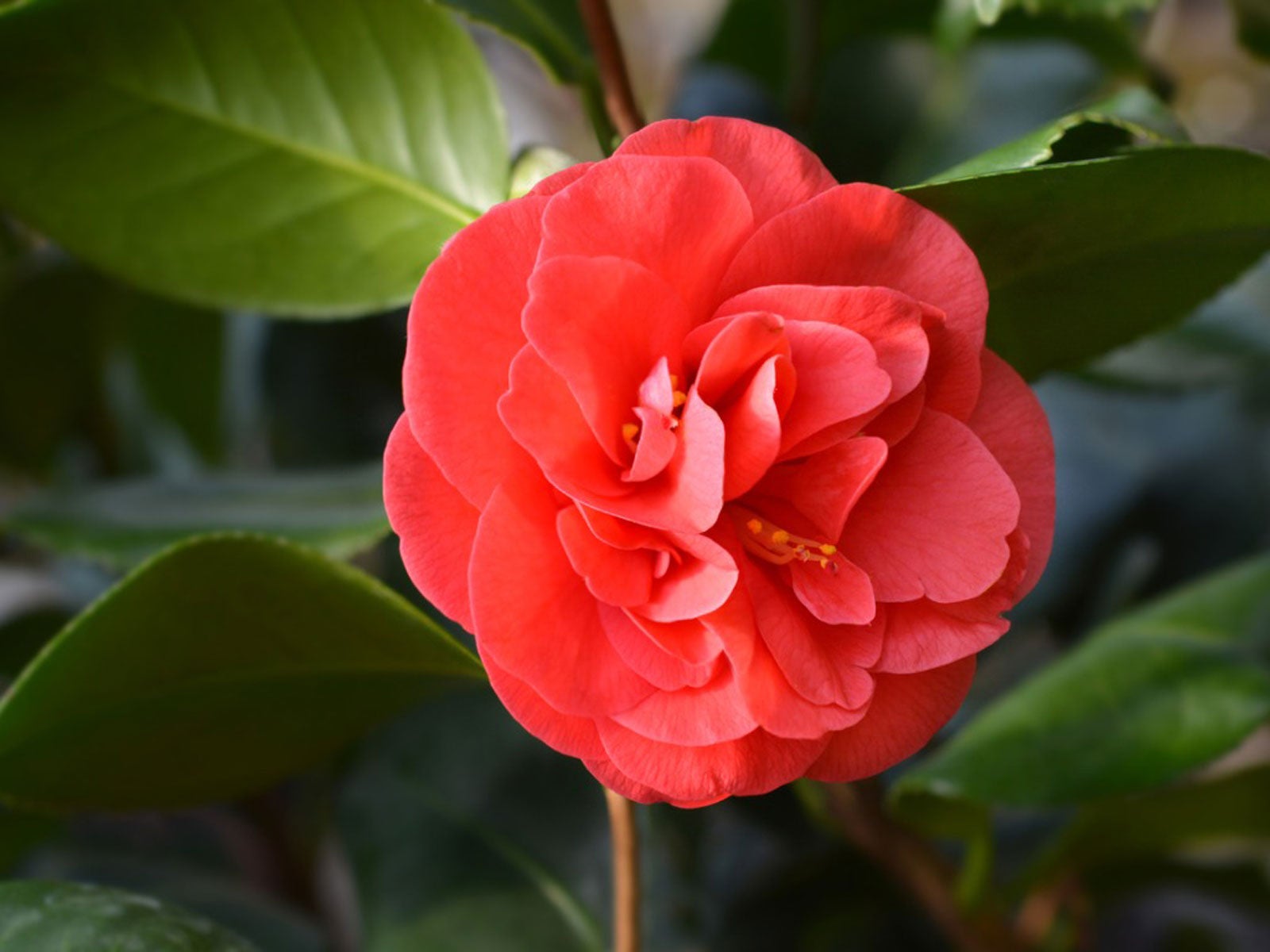 Indoor Camellia Care – How To Grow A Camellia Houseplant
Indoor Camellia Care – How To Grow A Camellia HouseplantCamellias are normally grown outdoors, but you can grow camellias indoors if you give them proper conditions. Learn more here.
By Raffaele Di Lallo
-
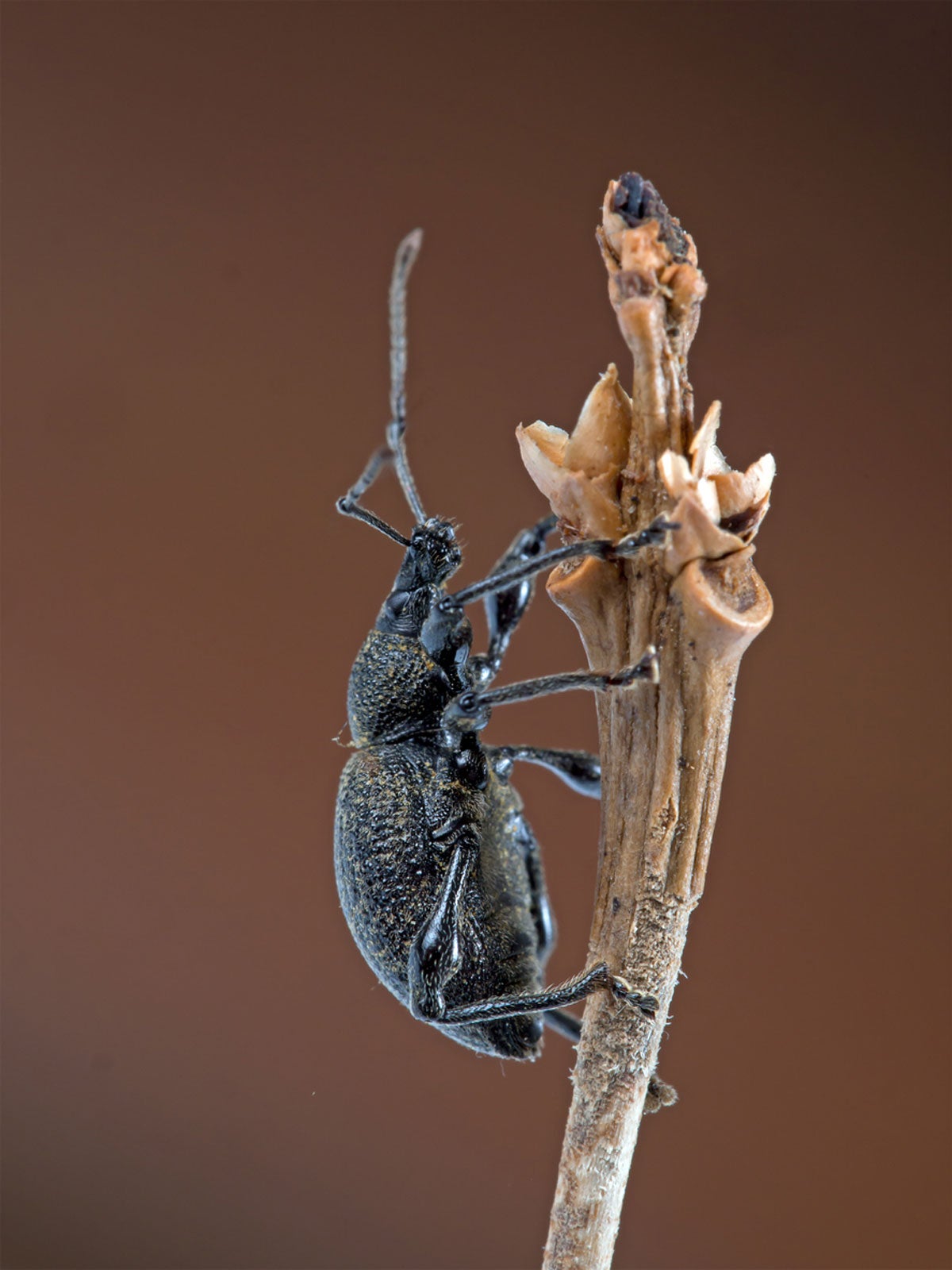 Holes In Camellia Leaves: Controlling Camellia Weevils And Beetles
Holes In Camellia Leaves: Controlling Camellia Weevils And BeetlesCamellias have gorgeous blooms but their beauty can be significantly marred by holes in camellia leaves. If your camellia plant has holes, it is most likely the result of the camellia vine weevil or cranberry rootworm beetle. Learn how to combat them here.
By Amy Grant
-
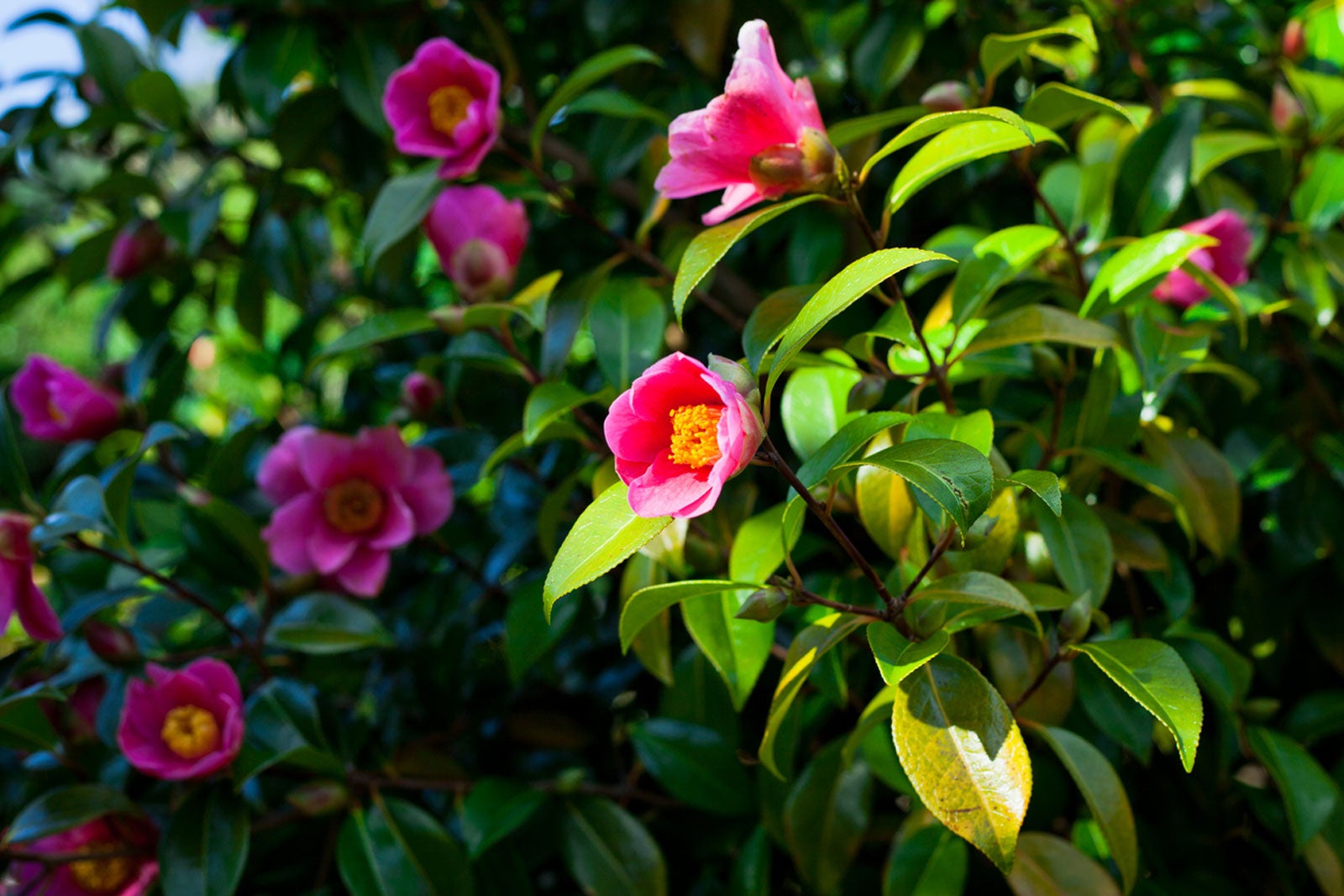 Camellia Companion Plants - What To Plant With Camellias
Camellia Companion Plants - What To Plant With CamelliasIf you’re wondering about suitable companions for camellias, keep in mind that while color and form are important, so too are growing habits. Many plants play nice with camellias, but others just aren’t compatible. Click here for tips on planting with camellias.
By Mary H. Dyer
-
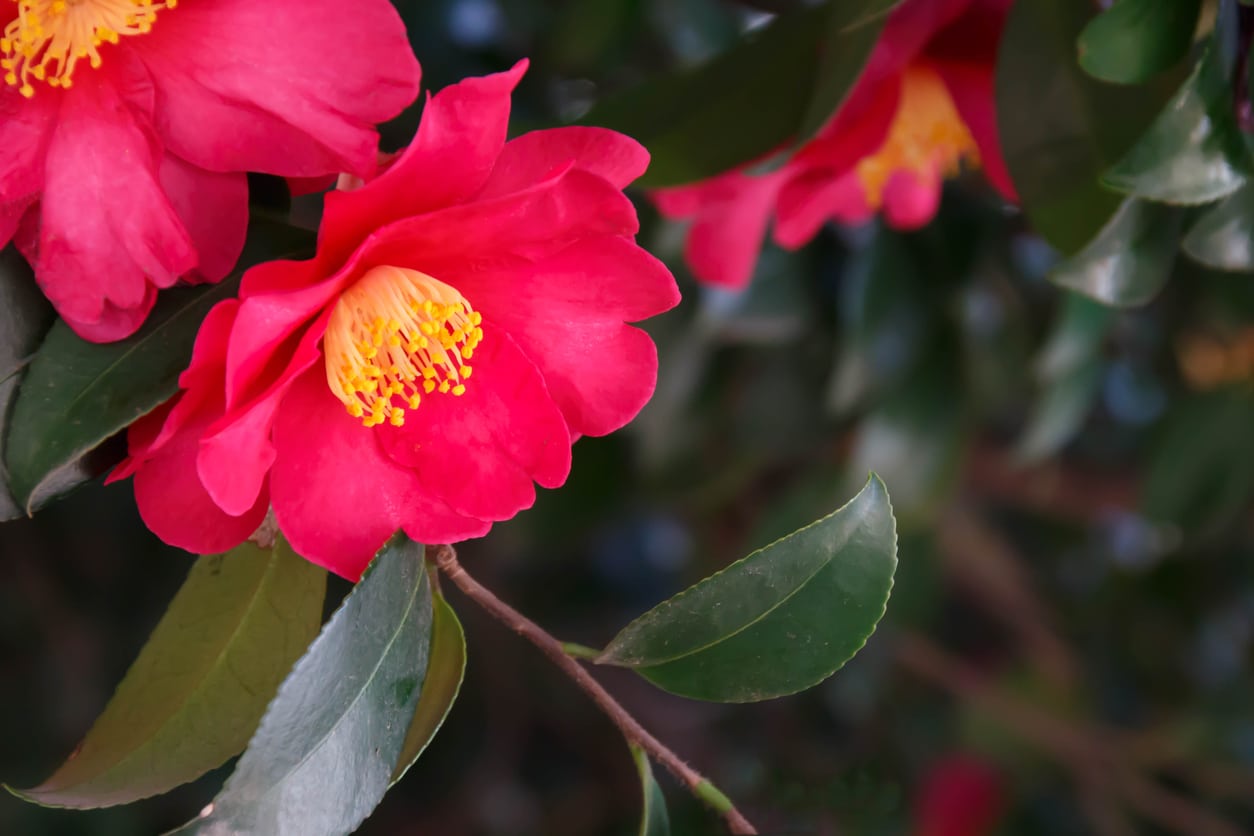 My Camellias Won't Bloom – Tips For Making Camellias Flower
My Camellias Won't Bloom – Tips For Making Camellias FlowerAlthough camellias are generally reliable bloomers, they can be stubborn at times. It?s frustrating, but sometimes, even healthy camellias won?t bloom. If you?re wondering how to make non-flowering camellia plants bloom, click here for more information.
By Mary H. Dyer
-
 Camellia Transplanting: Learn How To Transplant A Camellia Bush
Camellia Transplanting: Learn How To Transplant A Camellia BushIf your camellias outgrow their planting sites, you'll want to start thinking about transplanting camellias. Click here for information about camellia transplanting, including tips on how to transplant a camellia and when to move a camellia bush.
By Teo Spengler
-
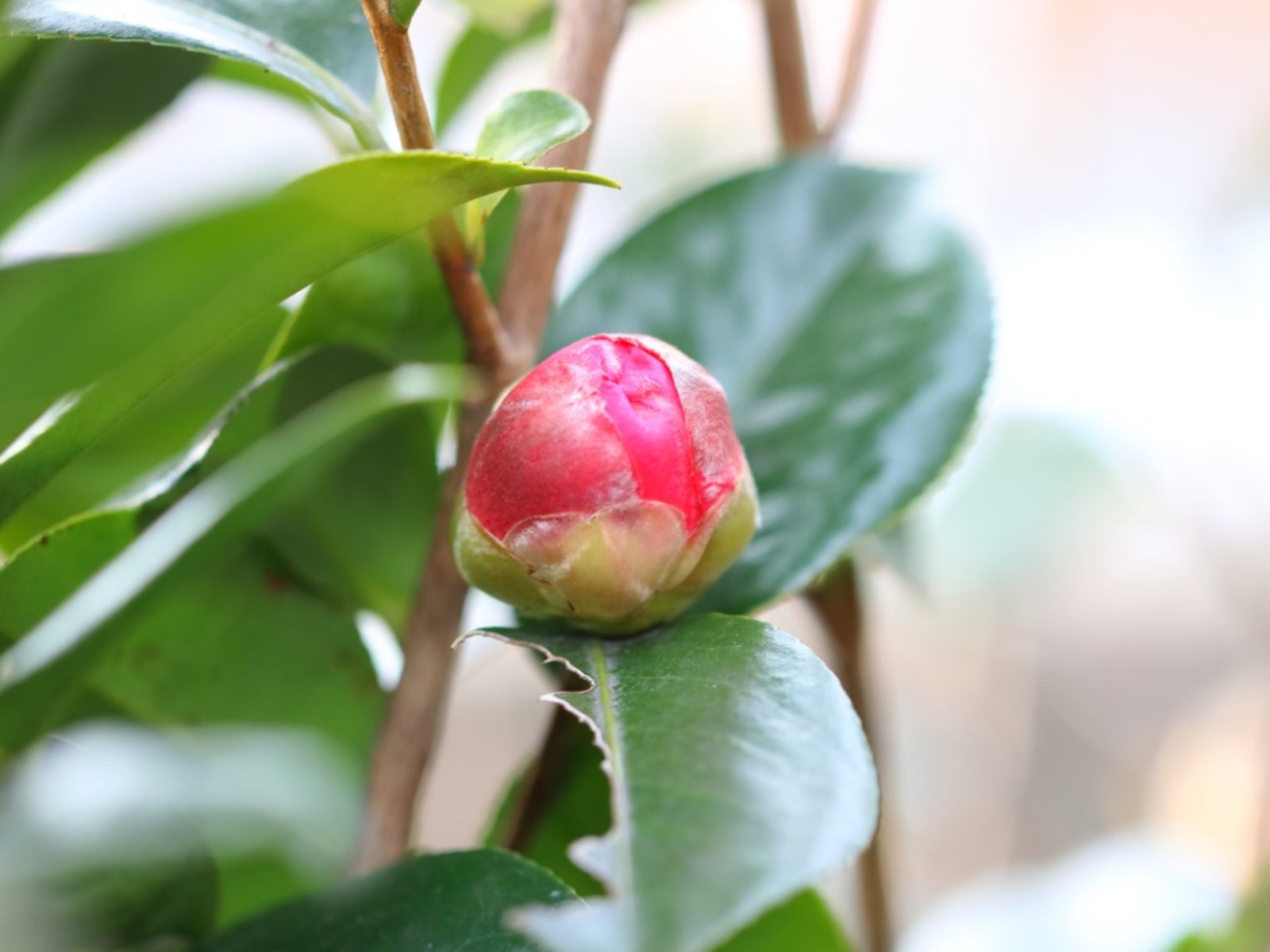 Tips On Treating Bud Mites On Camellias
Tips On Treating Bud Mites On CamelliasToday's camellias are easy-to-grow evergreen plants, as tough and rugged as they are beautiful. But that doesn't mean that camellia lovers shouldn't prepare for insect pests, like camellia bud mites. Click here for information about mites on camellia plants.
By Teo Spengler
-
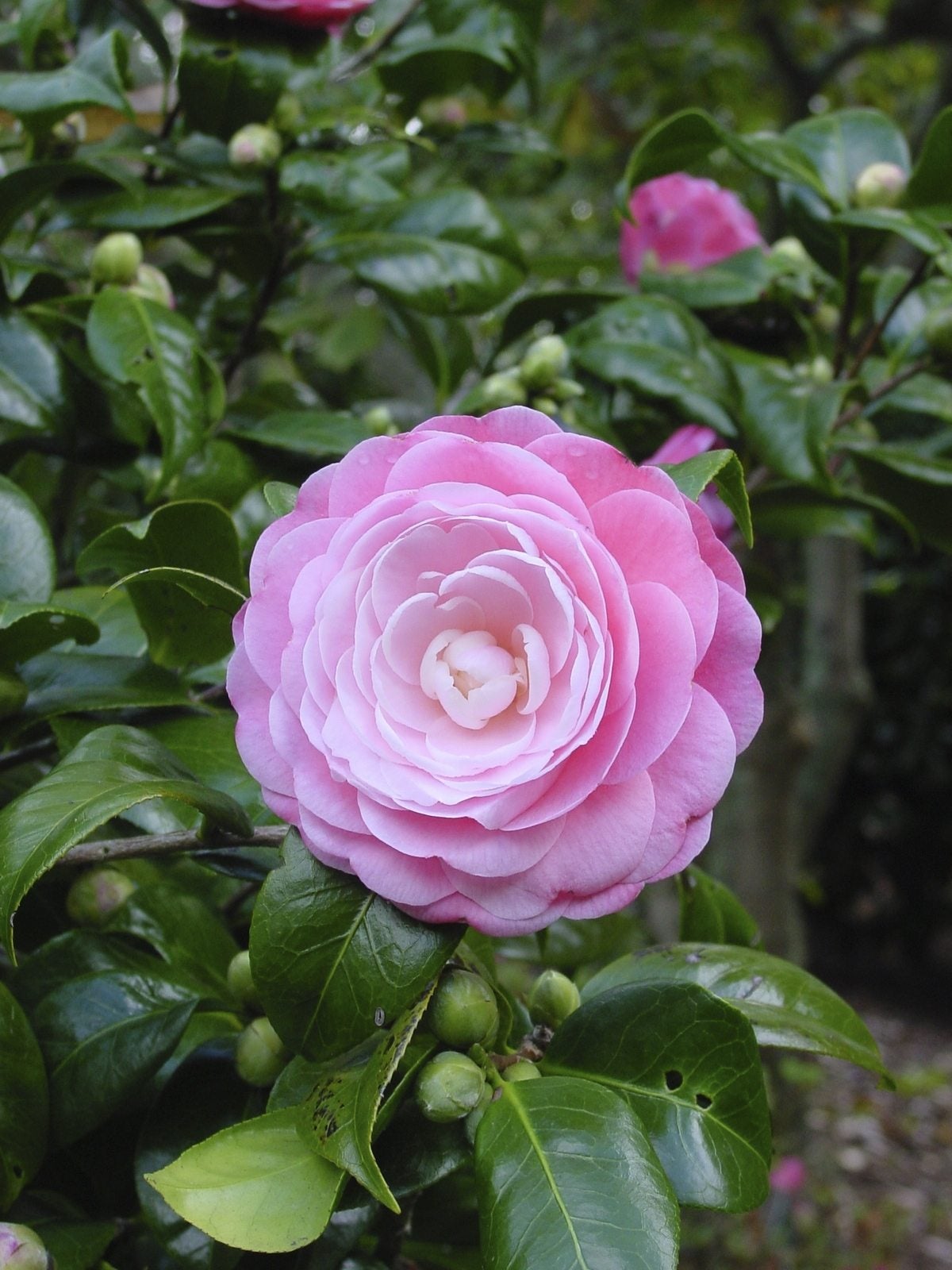 Growing Camellia: Ultimate Camellia Planting And Care Guide
Growing Camellia: Ultimate Camellia Planting And Care GuideWhen early spring rolls around it’s time to think about camellia planting and care. One of the most beautiful shrubs with, brilliant foliage and stunning blooms, it deserves some devoted attention.
By Teo Spengler